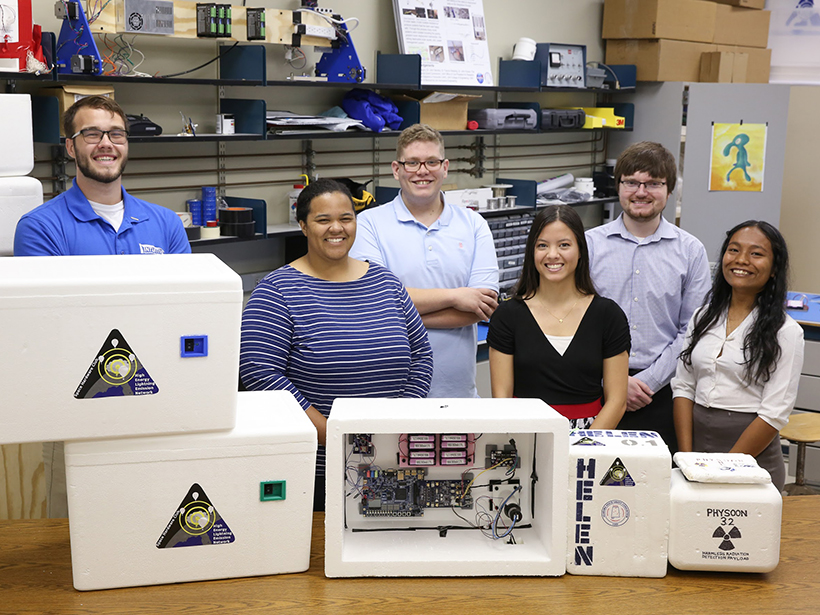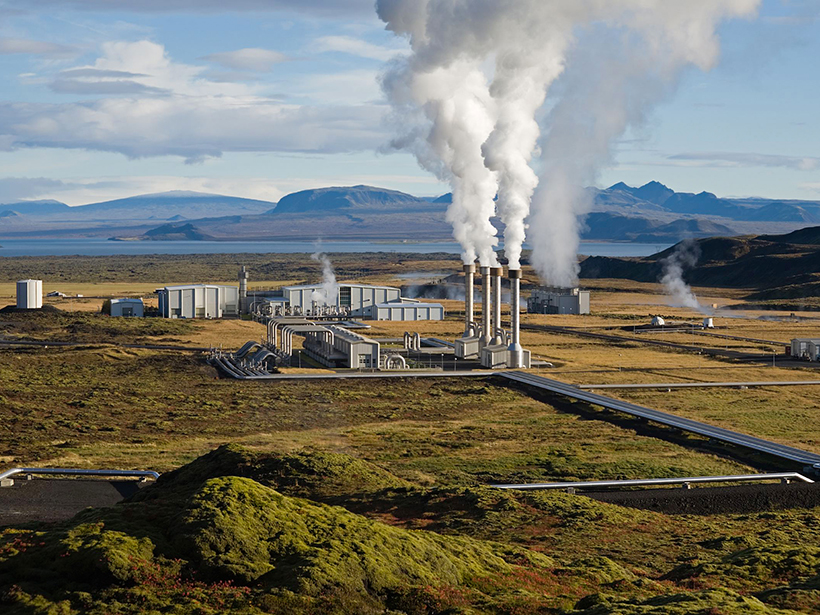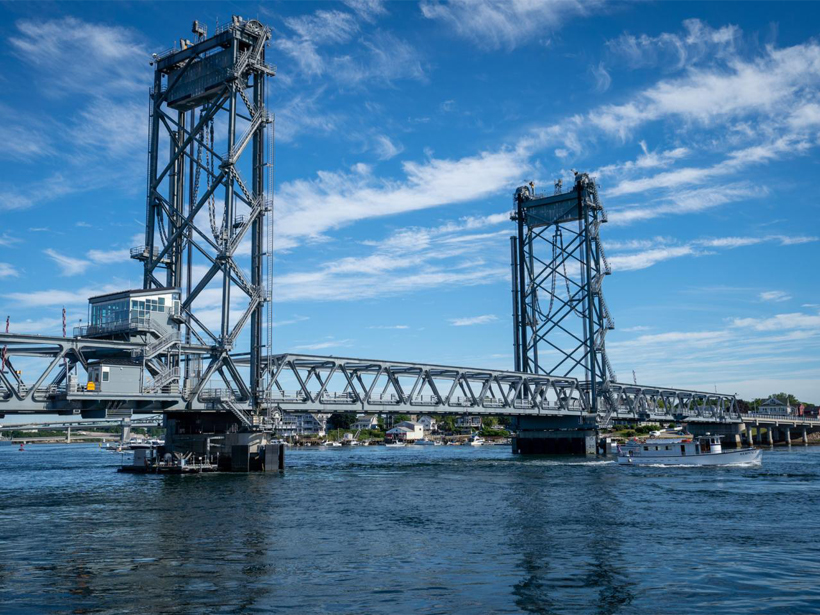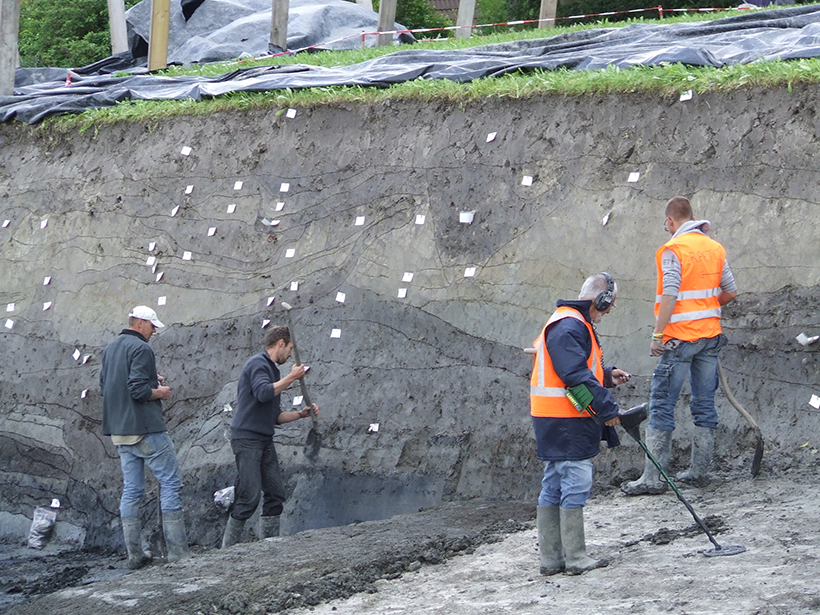Offshore oil- and gas-drilling platforms are rich habitats for fish, and removing them completely would result in a loss of over 95% of fish biomass, new research has revealed.
engineering
Students Launch Balloon-Borne Payloads into Thunderstorms
The High Energy Lightning Emission Network project hopes to detect elusive bursts of light and particles called terrestrial gamma ray flashes.
The Ice Giant Spacecraft of Our Dreams
Scientists imagined some innovative technologies that could enhance a future mission to Uranus or Neptune.
Bipartisan Focus on Energy Innovation Emerges
A trio of bills making their way through Congress would boost research and development for technologies that could contribute substantially to future U.S. energy production and consumption.
A Modern Manual for Marsquake Monitoring
Thanks to some extraordinary engineering, the InSight mission has led the new field of Martian seismology to the development of a new planetary magnitude scale in less than a year.
Direct Air Capture Offers Some Promise in Reducing Emissions
The method offers potential in helping reduce carbon dioxide in the atmosphere but faces technological and economic hurdles.
Fugitive Gas Abetted by Barometric Pressure
Barometric pressure, in addition to factors such as lithology and the depth of the water table, can influence patterns of natural gas that escapes to subsurface soils.
This Bridge Monitors the Environment and Harnesses Tidal Energy
The “smart” Memorial Bridge spanning the Piscataqua is outfitted with a tidal turbine and more than 40 sensors.
Historic Solutions to Sea Level Rise May Help Modern Communities
Earthen mounds helped ancient Dutch settlers thrive in coastal flood zones. Could historical engineering help us fight against rising seas?
Island Building Alters Waters Leagues Away and for Years After
Quantifying the impacts of dredging through satellite remote sensing could serve as a valuable resource in future geopolitical disputes over contested waters.










